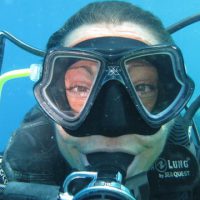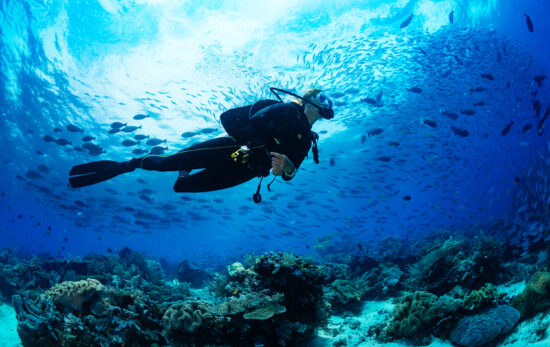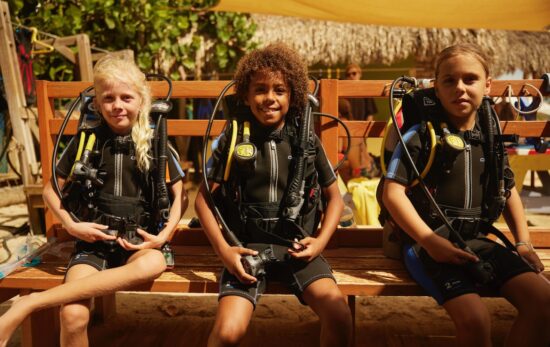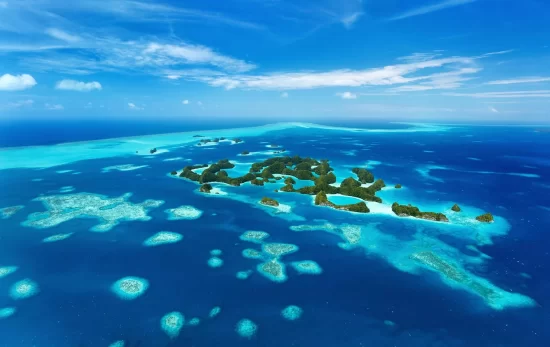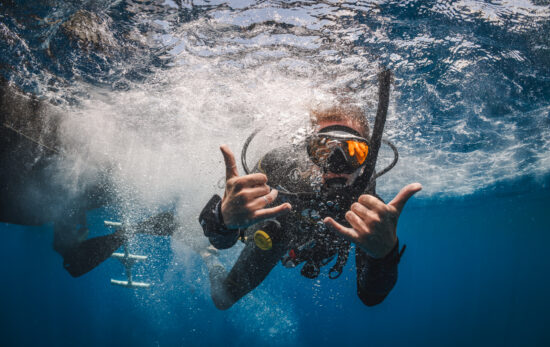The Sunshine Coast, as the name suggests, offers balmy temperatures and beautiful beaches. However, scuba diving here is heading up the list when it comes to things to do in this region. Scuba diving didn’t use to be an obvious choice but since 2005, the diving scene on the Sunshine Coast has grown dramatically. It was in 2005 that the HMAS Brisbane was scuttled here and it is now one of the most popular dive sites in Queensland.
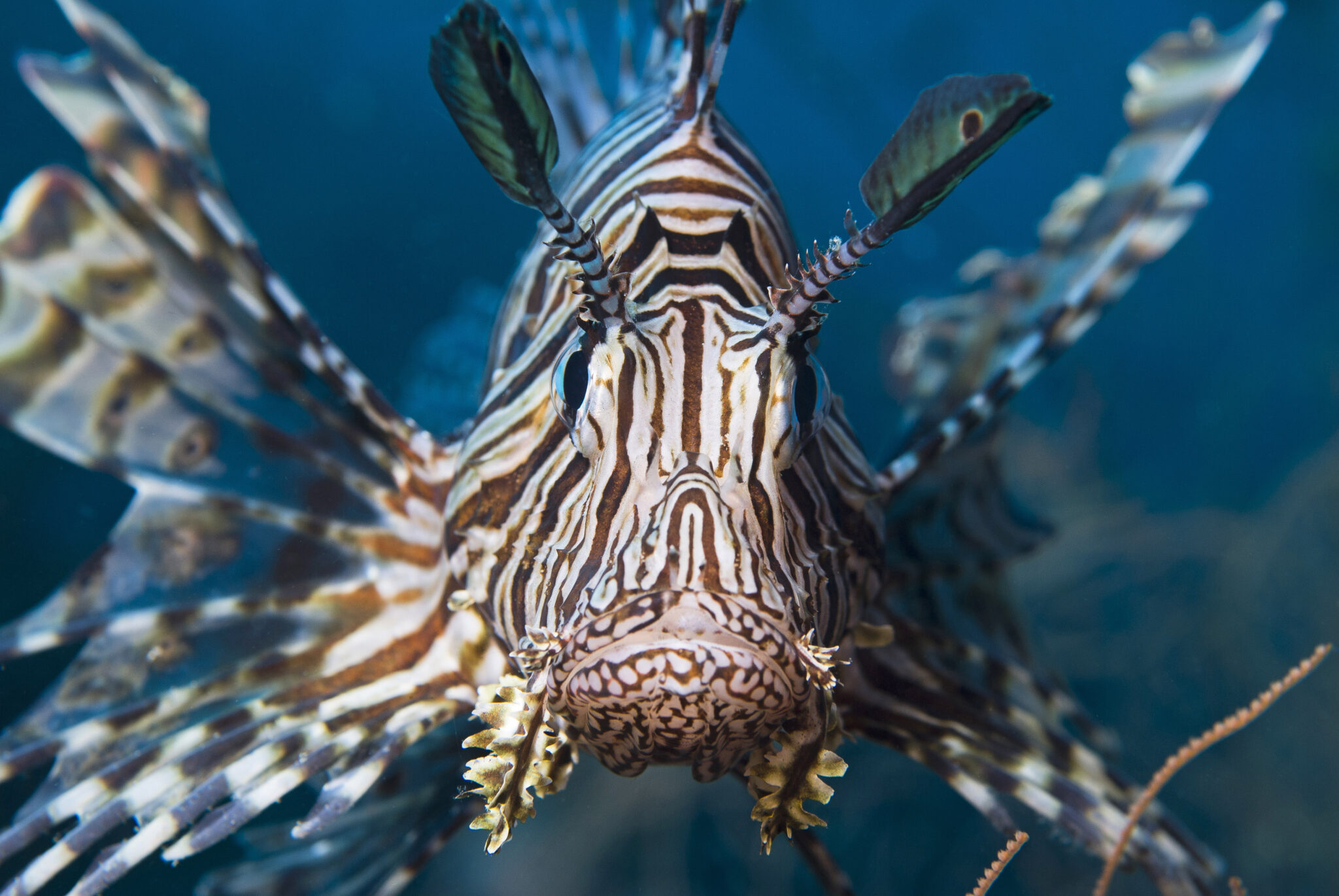
The HMAS Brisbane
The HMAS Brisbane was a 436-foot (133 m) long guided missile destroyer that has fast become a colourful living reef that is densely encrusted and adorned with both hard and soft corals. This old warship now attracts marine life like metal to a magnet.
Common marine life sightings here include batfish, sweetlips, angelfish, moray eels, fusiliers, snapper, kingfish, trevally, mulloway, lionfish, scorpionfish, basslets, pufferfish, and rock cod. Sea turtles, stingrays, and even eagle rays are also known to cruise through and around the wreck. For divers who are exploring during the summer months, leopard shark sightings are not uncommon and during the winter grey nurse sharks are spotted and it’s also the humpback whale migratory period. (We always recommend following the code of conduct while enjoying humpback whale encounters).
As well as the marine life which congregates here, the ship has dozens of cabins spread over four levels. There are around 30 access points cut into the hull which makes it a great site for the PADI Wreck Diver course and penetration opportunities.
More Scuba Diving Sunshine Coast Opportunities
Most of the diving on the sunshine coast is out of the town of Mooloolaba, which gives the best access to the three nearest large subtropical reefs: Inner Gneering Reef, Outer Gneering Reef, and Murphy’s Reef. These reefs offer exceptional diving and a variety of underwater topographies from sloping reefs to ledges, caves, and stunning pinnacles. Divers can expect to see an abundance of reef fish and the region holds the record for the largest variety of species of nudibranch.
With most of the dive sites close to shore, the visibility off Mooloolaba can be easily affected by weather conditions and swell. The visibility generally averages around 40 feet/12 meters when diving further offshore and around 10 feet/3 meters to 20 feet/6 meters when exploring the dive sites that are closer to shore.
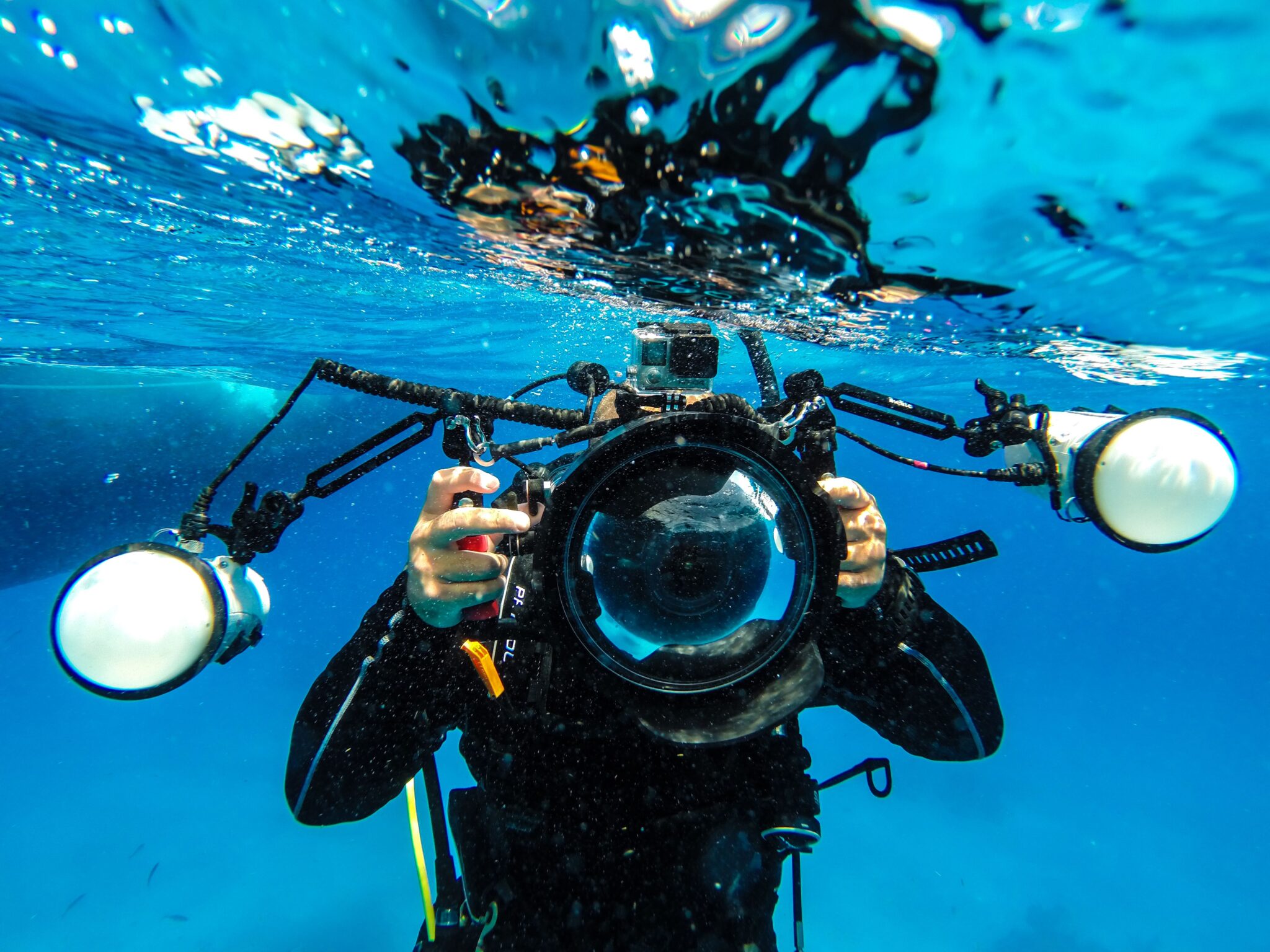
Underwater Photography
Aside from the wreck and the main reefs, there are also lesser-known dive sites around Mudjimba Island. Visibility here is not always great and the region doesn’t attract many pelagics. However, it does offer year round diving and plenty of critters, which makes it a great area for macro underwater photographers who will always find something to shoot! Among the most common sightings here are lionfish, sea stars, hermit crabs, cowries, mantis shrimp, boxfish, gobies, flatworms, boxer shrimps, cuttlefish, octopus, and countless nudibranchs.
Also for underwater photographers and those wanting the simplicity of shore diving, Point Cartwright, Kings Beach, and La Balsa Park, in the Maroochy River are home to a plethora of nudibranchs as well as crustaceans and cephalopods. Other possible sightings include pipefish, cardinalfish, flatworms, lionfish, octopus, ghost pipefish, and scorpionfish hiding out in crevices.
When to go Scuba Diving Sunshine coast
Scuba diving Sunshine Coast is possible all year round, however, divers should expect cool water temperatures during the winter months of around 19 degrees, and a decent 7mm wetsuit and hood is recommended. If you are diving during the summer months though temperatures of around 26 degrees can be expected (November to February).
Ready to Dive?
Mark scuba diving Sunshine Coast on your calendar and you won’t be disappointed!
Keen to learn to dive, continue your diver education, or just want to explore scuba diving Sunshine Coast?
